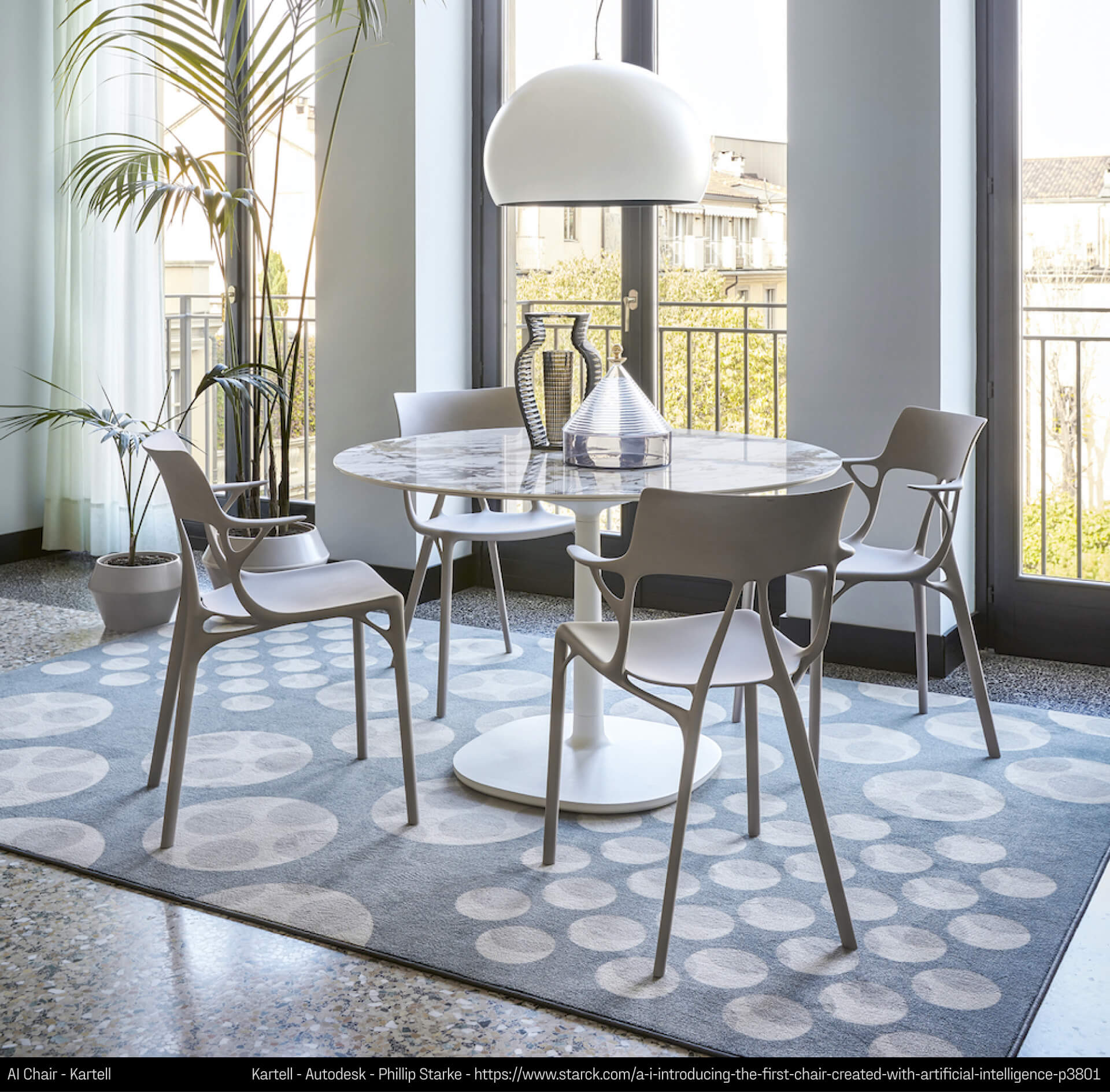Autodesk was actively developing a machine learning-based design and engineering software platform that harnessed cutting-edge computational physics solvers and evolutionary/genetic algorithms. Recognizing that this revolutionary approach significantly differed from traditional methods of creating physical objects, they sought assistance from Humanistic to develop innovative interfaces and interactions essential for such a new kind of user experience.

Autodesk's cutting-edge Dreamcatcher project started as a research project to explore next-generation computational physics simulation, generative topology, and evolutionary/genetic algorithms. This new way of working with computers to conceive of physical objects could change the world – with a simple instruction, anyone can generate hundreds of thousands of options for a given form.
The issue was that it was still just a series of command-line interfaces. Our first step was translating Autodesk's obscure technical and scientific research IP into usable, human-centered software products and services, ensuring the groundbreaking technology would be accessible and practical for users across various industries.
Our team oriented Autodesk's efforts to productize key IP discoveries and technologies being developed, focussing on transforming complex technical concepts into tangible (usable) solutions. As a result, multiple completely new user interactions and interface elements were created, specially designed to facilitate the unconventional software experience that this next-generation platform demanded. By blending advanced technology with intuitive, user-friendly design, we created a powerful tool to revolutionize how professionals approach design and engineering.













Today, the outcomes of the Dreamcatcher project have manifested in several real-world applications. NASA JPL used the software to create Europa Moon Landers, proving its potential to drive significant advancements in space exploration. It has also been leveraged by Philipe Starke with Kartell for their AI chair collection, amongst many other design and engineering applications across industries.
The concepts explored and developed during this project have been integrated into Autodesk's Fusion 360 product line, ensuring that such a groundbreaking set of technical capabilities reaches an even wider audience of designers and engineers. This work is a testament to the power of combining advanced technology, user-centric design, and collaborative innovation to create truly transformative software solutions.